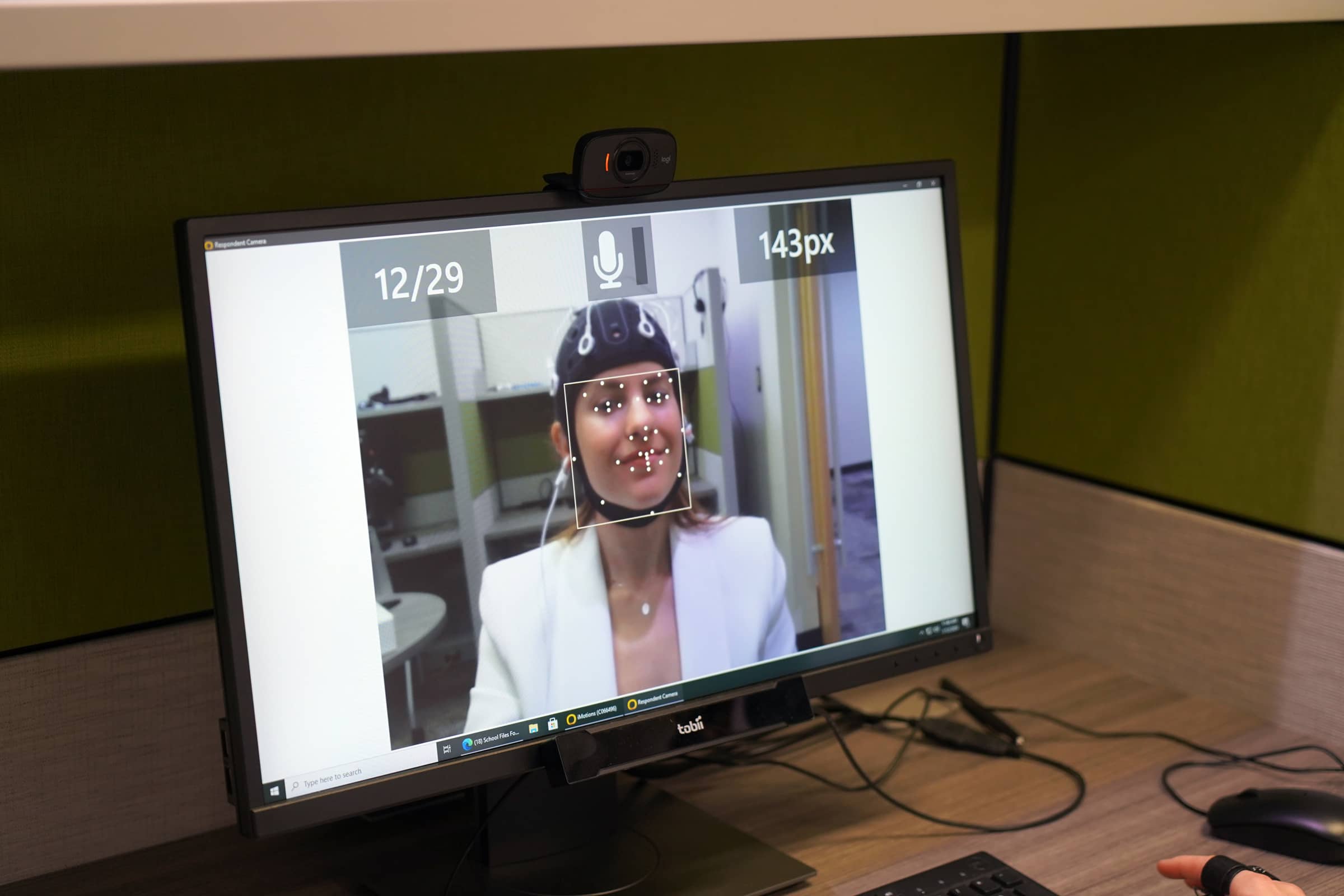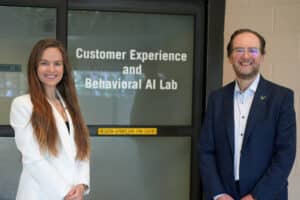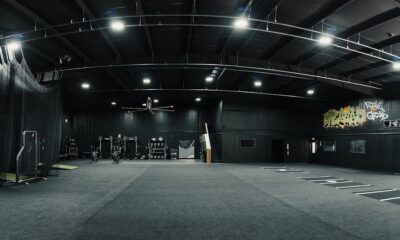Thrive
USF business lab embracing AI as a learning platform

How can artificial intelligence (AI) – seemingly an abstract concept – become more concrete for students? By embedding it in the modern-day classroom.
That’s the mission of Rob Hammond, associate professor of instruction and director of the Center for Marketing and Sales Innovation in the Muma College of Business at the University of South Florida.
Hammond is focused on embracing AI and how it can enhance education while, he believes, some institutions are attempting to push AI away from students.
USF has established a behavioral AI lab within the Center for Marketing and Sales Innovation that is equipped with tools to conduct business research.
With decades of experience in leadership positions, such as systems engineering for Motorola, selling Microsoft software and aiding in restarting the sales program at USF and starting up the business lab, Hammond has had a hand in the field of evolving technology.
The lab is a starting point, not only for students to conduct research, but for undergraduates to participate in research and see these tools first-hand.
Hammond was the major professor for Jill Schiefelbein, a recent graduate of the doctor of business administration program, who has utilized the lab’s resources to conduct research with AI avatars – or realistic avatar versions of herself.

In the lab: Recent USF College of Business Masters graduate Jaclyn Sehr, left, and Dr. Robert Hammond.
The lab is equipped with 20 computer stations and biometric sensors to track eye movements, facial expressions, and skull caps to analyze brain activity.
The eye tracking technology was used to monitor participants’ reactions as they viewed videos of Schiefelbein and an avatar variant of herself.
Data gathered from eye tracking and facial expression analysis has various business applications, such as with advertising, said Hammond.
Knowing where the research participants are looking first, what they are going back to look at, and how long they look at something may improve upon advertising design. One piece of data is not sufficient alone though, he said, so also knowing facial expressions could indicate interest or confusion with an advertisement.
The technology itself is not the sole focus of AI research, Hammond added, but it is what we do with the technology.
Consider hospital care. Videos with avatars that speak dozens of languages could be created in order to provide a patient with after-care instructions, said Hammond. “How many people do you know that speak 28 languages?”
The same could be said for teaching, and more specifically, experiential learning. A professor could decide to record an avatar of themselves lecturing, make it available to their class in various languages, and then save class time for more hands-on work.
Though some professors may be on board for this idea, Hammond said, others may be more fearful.
Hammond recalled his college days, when programmable calculators became available and how professors’ reactions differed, just as they do now with AI platforms.
Just as programmable calculators are now a common tool that we can carry around in our pockets, AI will soon be applicable in every discipline, making it crucial that students recognize this and ask questions. “The AI genie is out of the bottle,” Hammond said.
Now is the time, he added, for students and others to recognize the modern-day software as a collaborative tool and asset, rather than resisting what is already here. Hammond hopes the USF lab will become a hub for this experiential learning.







